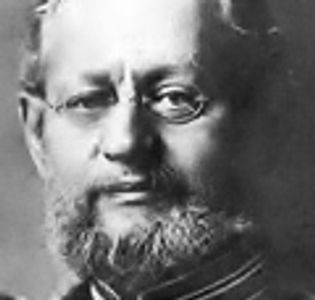Signed in as:
filler@godaddy.com
Signed in as:
filler@godaddy.com
The goal of most parliamentarians is to (1) learn and practice rules according to Robert's Rules of Order, and (2) work towards a credential as Registered Parliamentarian or Professional Registered Parliamentarian.
We are led by a leadership which includes President, Vice President, Secretary and Treasurer. We have standing committees for Membership and Education. We create Special Committees as needed, including Bylaws & Nomination. Our officer terms begin with the November annual election meeting and can run for 2-years.
Our current Leadership team includes:
Charlie Bowles DTM RP - President
Charles Bass PRP - Vice President
Denise Hardwick-Dotson - Secretary
Kevin Baker - Treasurer

DFW Parliamentarians was formed in 2003 as a Unit of Texas State Association of Parliamentarians (TSAP) and District 6 of National Association of Parliamentarians (NAP).
DFW Parliamentarians subscribes and supports:
NAP Mission
Advancing the principles and practice of democratic decision making
TSAP Mission
Our purpose is to promote Parliamentary Procedure:

Henry Martyn Robert (May 2, 1837 – May 11, 1923) was an American soldier, engineer, and author. In 1876, Robert published the first edition of his manual of parliamentary procedure, Robert's Rules of Order, which remains today the most common parliamentary authority in the United States.
Today the practice of parliamentary procedure is spread around the world through Robert's Rules of Order Newly Revised. The current version is 12. It's used in most Parliaments, the US Congress (with a lot of modifications), state Congresses, and most county and municipal governments, as well as most American organizations. The way they use them changes, because Robert's Rules is expansive enough to address most every kind of organization.
The man who started it all. Well, it really started with the Magna Carta, and even before then, but hit its stride in the English parliament. When US formed a congress, they incorporated the rules of parliament, though they implemented them differently in the Senate and the House. In time, these filtered down to state congresses and many businesses began to try it out.
But, it was Robert who went to a municipal meeting where he lived and found business to be impossible. So he incorporated the rules of Congress for small organizations and standardized them. Roberts Rules of Order became the de facto standard way to run a meeting for all organizations of every size

Why's & Wherefore's of the Robert's Resources
The Rules are actually a long string of books which started with the original manual by Henry Robert which has now extended to the 12th Edition. The white book is the big (700 pages) of ALL the rules. The small yellow book (200 pages) is Robert's Rules of Order In-Brief 3rd Edition. For almost all cases and most all meeting needs, In-Brief is all you need. The big book is for the 15-20% of meetings with complex and contentious issues OR for those who are studying Robert's to gain a RP or PRP credential.
What is a Parliamentarian?
A parliamentarian is a consultant who advises the president and other officers, boards, committees, and members on matters of parliamentary procedure. But during a meeting, their role is purely an advisory and consultative one to the president.
To be part of National Association of Parliamentarians (NAP), one must pass a basic test, which is based on Roberts Rules of Order In Brief. This little book is invaluable in preparing a member for the more arduous task of studying the full Robert's Rules of Order Newly Revised, the bible for practicing Parliamentarians. Once the short test is passed, a member, whether a Unit member or a Member-at-Large, then begins to prepare for the Registered Parliamentarian tests.
For those who want to become a paid, professional, the final step is to become a Professional Registered Parliamentarian.
(See the Blog page about this.)
We use cookies to analyze website traffic and optimize your website experience. By accepting our use of cookies, your data will be aggregated with all other user data.
